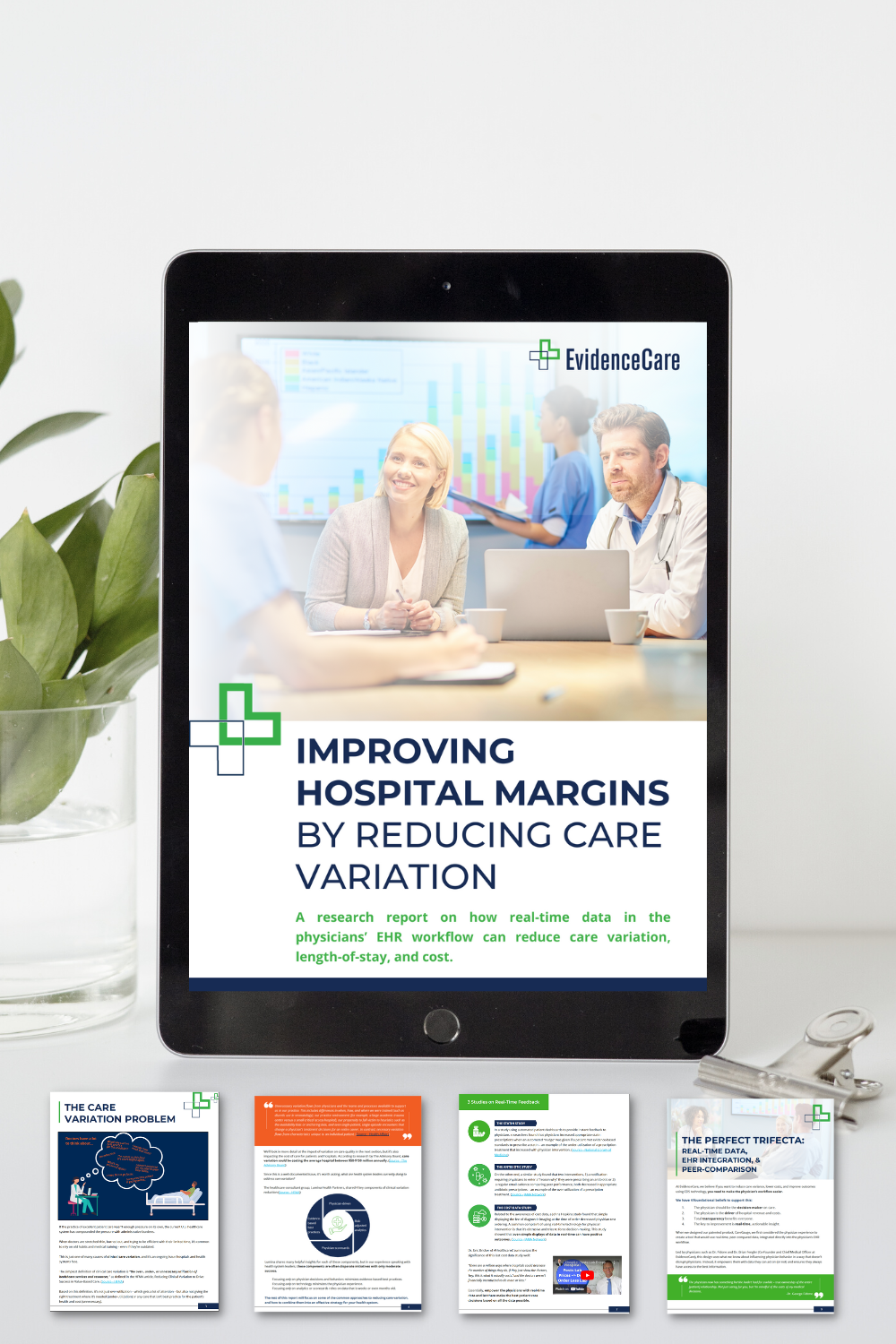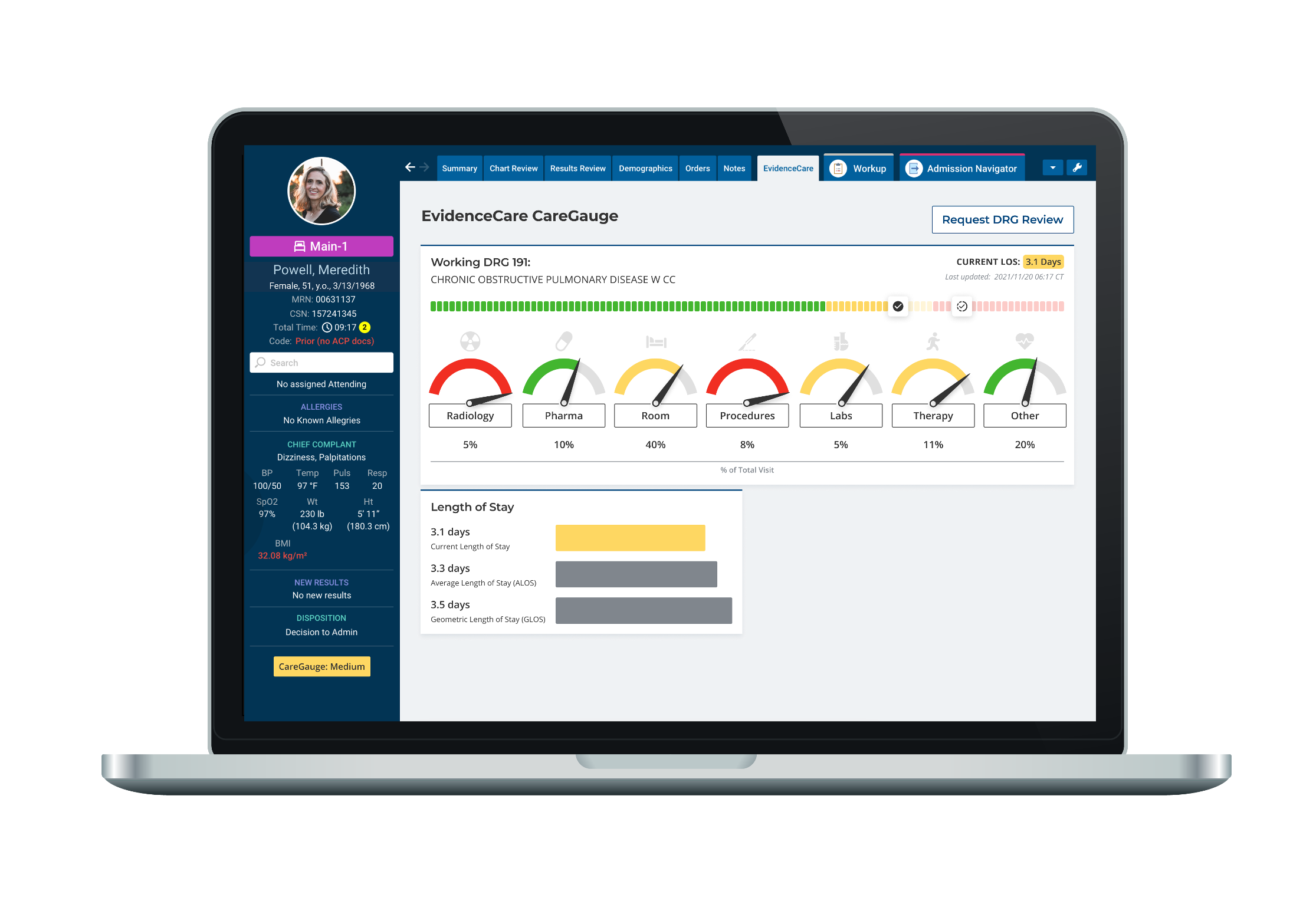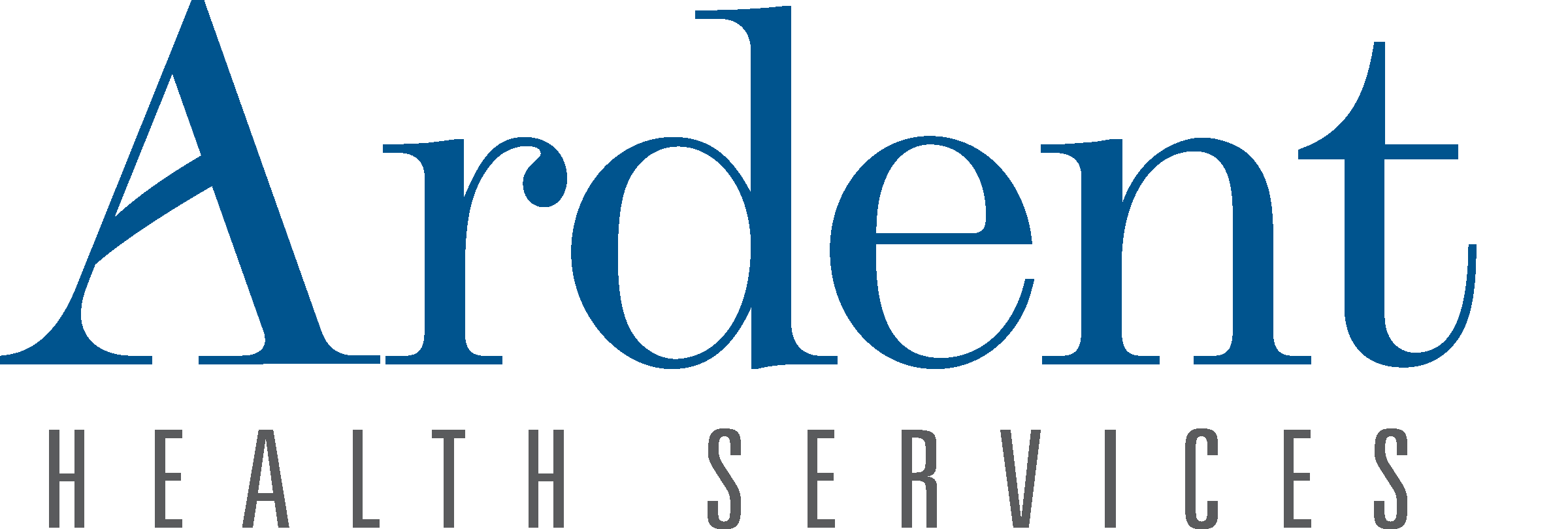Hospital Price Transparency Tool
According to the Commonwealth Fund, price transparency is essential for healthcare markets to function well and remain competitive. On an institutional level, it’s also critical as it increases upfront collections, reduces debt, and improves patient loyalty.
With the increasing complexity of the healthcare landscape and growing need for price transparency, there are now tools that can help with this. A hospital price transparency tool is a specialized software solution designed to provide doctors with comprehensive cost transparency information.
A hospital price transparency tool created especially for doctors functions as cost transparency software and smoothly interfaces with current electronic health record (EHR) systems. Doctors can use such solutions to acquire current information on the expenses of different medical procedures, tests, drugs, and treatments.
By leveraging such tools, healthcare providers can access a user-friendly interface that displays transparent pricing information during patient consultations. For greater effect, such tools can be customized to measure on hospital-based, peer-based comparisons.
Moreover, it enables doctors to offer better guidance to patients as they can speak openly and intelligently about the financial implications of their healthcare decisions. As such, they may direct patients toward treatment alternatives that not only meet their medical needs but also consider the related expenses as they have price information at their fingertips.
Furthermore, cost transparency software for doctors eliminates the cumbersome task of manually researching and comparing prices across various sources. This is because doctors can access a unified platform that gives precise and current price information.
Healthcare Price Transparency
Price transparency has become a key feature in the current healthcare environment, aiming to give consumers, providers, and payers access to clear and thorough information about the prices of healthcare services. It speaks to the accessibility and availability of price information, allowing people to make knowledgeable decisions and negotiate the intricacies of healthcare costs.
Here’s a closer look at why price transparency is important in healthcare:
1. Empowering Patients with Information
Transparency in healthcare costs is essential for enabling patients to participate actively in their treatment. Patients with access to price data can choose the best treatment course based on cost, quality, and convenience.
Also, patients can compare prices from various providers, evaluate how their decisions affect their finances, and budget their medical bills when prices are transparent.
2. Promoting Competition and Quality
Price transparency in healthcare stimulates provider competition, allowing patients to compare prices and quality metrics. Such tools motivate providers to offer premium treatments at reasonable costs, enhancing the total value of healthcare.
In a consumer-driven market, payer price transparency encourages customers to actively seek out healthcare providers that give the best value in terms of quality and cost.
3. Facilitating Cost-Consciousness
Cost transparency tools for doctors can encourage cost-consciousness in patients, which is one of its main benefits. Patients may weigh the financial costs and benefits of various treatment alternatives, allowing them to make decisions that fit their financial needs and budget.
Price transparency aids in the overall affordability of healthcare services and encourages value-based decision-making by motivating people to be more cost-conscious.
4. Addressing Health Plan Price Transparency
Health plan price transparency is integral to the healthcare price transparency landscape. It involves providing detailed information to patients about the expenses related to their particular health insurance policies.
As a result, patients better understand the scope of their coverage, including elements such as deductibles, out-of-pocket costs, and copayments. With such information, it’s easier to forecast costs and budget for medical bills.
Considerations and Challenges
Although healthcare price transparency has pros and cons, the benefits outweigh the challenges. While implementing price transparency solutions, you may face hurdles related to data availability, standardization, and privacy concerns.
Therefore, stakeholders must collaborate for such solutions to be effective across the healthcare landscape. In doing so, building a more patient-focused, budget-conscious, and open healthcare system will be easier.
Price Transparency Rule
Price transparency can have a transformative effect on healthcare if implemented well. With this in mind, there have been notable developments regarding standardization and regulations. The price transparency regulation aims to improve healthcare openness by compelling hospitals to make pricing information public.
In order to help people make educated decisions about their healthcare alternatives, such regulations require hospitals to offer clear and easily available information about their regular prices for healthcare services.
The Emergence of Price Transparency Initiatives
Historically, one of the biggest challenges for patients has been getting reliable cost estimates for medical operations and tests. As a result, weighing the financial implications of healthcare choices was difficult.
In turn, policymakers saw the need to create measures to give patients the required pricing information to address this problem.
The Hospital Price Transparency Act
Among the notable regulations on price transparency is the Hospital Price Transparency Act, which aims to increase healthcare transparency and empower patients with pricing information. This act recognized the significance of price transparency in facilitating informed decision-making and promoting competition among healthcare providers.
The CMS Price Transparency Rule
In 2019, the Centers for Medicare and Medicaid Services introduced the Transparency in Coverage final rule, requiring hospitals to disclose their standard charges for items and services. The CMS hospital price transparency rule ensures patients can access clear and understandable pricing information, enabling them to compare costs across different healthcare facilities.
Implementation and Compliance
Compliance with price transparency law is essential for all healthcare facilities. Doing so involves making pricing information easily accessible to the public by displaying it clearly on your website and in a machine-readable manner.
In addition, health facilities should list the cost of standard services such as diagnostic tests, surgeries, and facility fees. While compliance may seem like a daunting task, you can leverage your CMS price transparency checklist to help you meet all the requirements.
Benefits and Implications
The price transparency rule has several benefits and implications for the healthcare industry. By providing patients with pricing information, the rule empowers them to make more informed decisions about their healthcare, considering both clinical and financial considerations. It promotes competition among hospitals, as patients can compare prices and quality metrics, incentivizing providers to offer competitive pricing and value-driven care.
Additionally, the price transparency rule fosters a culture of accountability and transparency within the healthcare industry. It encourages hospitals to assess their pricing structures and promote fair and reasonable service charges.
As a result, it helps create a more patient-centered healthcare system in which people have more say in their medical decisions and are better prepared to handle the financial elements of their care.
Hospital Length of Stay
But cost transparency isn’t as impactful without providing the same transparency to doctors.
Atul Gawande noted, “The most expensive piece of medical equipment is the doctor’s pen. It’s not that we make all the money. It’s that we order all the money.”
Length of stay and care variation are significant factors contributing to high hospital costs that can be mostly controlled by physicians. Prolonged hospital stays and unwarranted care variation affect the financial burden on patients and strain healthcare resources.
However, software solutions like CareGauge can be crucial in reducing these costly items and optimizing patient care by giving doctors visibility into the cost of care and projected length of stay.
Understanding the Cost of Care
The cost of care in a hospital setting encompasses various elements, including personnel, facilities, medications, tests, and procedures. Length of stay and variation of these elements are among the highest contributors to the cost of care.
Length of stay refers to the duration that a patient spends in the hospital, which directly impacts the resources consumed during their treatment. Unwarranted care variation refers to inconsistencies or deviations in healthcare practices that do not improve patient outcomes but increase costs.
The Role of Length of Stay Software
Length of stay software, such as CareGauge, is a valuable transparency in price comparison tool that helps hospitals manage and reduce the length of patient stays. By monitoring and analyzing patient data, this software helps healthcare professionals to spot variation to improve care delivery and hasten patient discharge.
Hospitals may drastically shorten the duration of stay for patients, resulting in cost savings and improved patient outcomes, by streamlining processes, eliminating inefficiencies, and putting evidence-based practices into place.
Addressing Unwarranted Care Variation
Unwarranted care variation contributes to unnecessary costs in the healthcare system. CareGauge is vital in addressing unwarranted care variation by providing data-driven insights and promoting standardized care protocols.
CareGauge helps healthcare providers identify variations in treatment practices, evaluate their impact on patient outcomes, and implement evidence-based guidelines to reduce unwarranted variations. By aligning care practices and reducing unnecessary variations, hospitals can enhance the quality of care while minimizing costs.
Optimizing Patient Care with CareGauge
EvidenceCare offers comprehensive care variation software that empowers hospitals to optimize patient care, reduce costs, and improve outcomes. This software utilizes advanced analytics and real-time data to identify areas of unwarranted care variation, such as unnecessary tests, procedures, or prolonged hospital stays.
CareGauge empowers doctorss to make educated decisions, use best practices, and standardize care delivery by offering them actionable information. As such, it enables hospitals to improve care coordination, optimize processes, and guarantee the delivery of high-quality, cost-effective care.
Enhance Your Decision-Making and Improve Outcomes
The advocacy for healthcare price transparency and the emergence of tech solutions has greatly benefited the industry. With a patient-centered and value-driven system, patients and doctors can be more empowered by cost consciousness, and facilities can be more competitive.
Moreover, adopting measures to increase pricing transparency encourages educated decision-making, enhances healthcare outcomes, and eventually leads to positive change in the healthcare sector.
Are you ready to learn more about how CareGauge can provide doctors cost transparency in real-time in the EHR?
Contact us today to schedule a customized demo.










